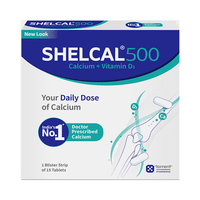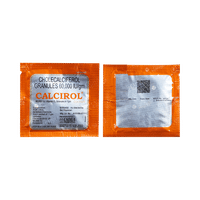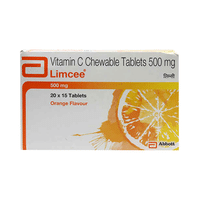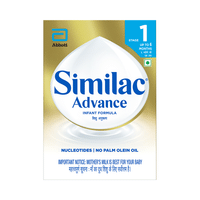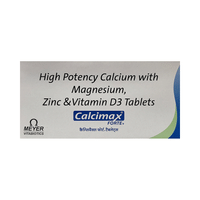Rs.133for 1 vial(s) (2.5 ml Injection each)
food interaction for Fe+Ve Injection
alcohol interaction for Fe+Ve Injection
pregnancy interaction for Fe+Ve Injection
lactation interaction for Fe+Ve Injection
food
alcohol
pregnancy
lactation
No interaction found/established
It is unsafe to consume alcohol with Fe+Ve 2.5mg Injection.
UNSAFE
Fe+Ve 2.5mg Injection is generally considered safe to use during pregnancy. Animal studies have shown low or no adverse effects to the developing baby; however, there are limited human studies.
SAFE IF PRESCRIBED
Fe+Ve 2.5mg Injection is safe to use during breastfeeding. Human studies suggest that the drug does not pass into the breastmilk in a significant amount and is not harmful to the baby.
SAFE IF PRESCRIBED
SALT INFORMATION FOR Fe+Ve 2.5mg Injection
Iron Sucrose(2.5mg)
Fe+ve injection uses
{med_name} is used in the treatment of iron deficiency anemia and anemia due to chronic kidney disease.
How fe+ve injection works
Fe+Ve 2.5mg Injection is an anti-anemic medication. It replenishes the iron stores in your body. Iron is vital for the formation of new red blood cells and hemoglobin, a substance that gives these cells the ability to transport oxygen.
Common side effects of fe+ve injection
Taste change, Injection site reactions (pain, swelling, redness), Nausea, Decreased blood pressure, High blood pressure
SUBSTITUTES FOR Fe+Ve Injection
6 Substitutes
6 Substitutes
Sorted By
 Rs. 154.50pay 13% more per ml of Injection
Rs. 154.50pay 13% more per ml of Injection Rs. 135pay 95% more per Injection
Rs. 135pay 95% more per Injection Rs. 136pay 98% more per Injection
Rs. 136pay 98% more per Injection Rs. 169pay 147% more per Injection
Rs. 169pay 147% more per Injection Rs. 150pay 8% more per ml of Injection
Rs. 150pay 8% more per ml of Injection
Expert advice FOR Fe+Ve Injection
- Iron Sucrose is prescribed for the treatment of iron deficiency anemia.
- It is given as a slow injection into veins or as drip under the supervision of a doctor.
- You may be asked for regular monitoring of iron level in blood while taking this medicine.
- It may cause dizziness. Do not drive or do anything that requires mental focus until you know how this medicine affects you.
- Inform your doctor if notice shortness of breath, swelling of face, low blood pressure, itching, or rash.
Frequently asked questions FOR Fe+Ve 2.5mg Injection
Iron Sucrose
Q. How long can I take Fe+Ve 2.5mg Injection for?
Fe+Ve 2.5mg Injection is used to regulate hemoglobin levels in the human body. It is usually given to patients who have iron deficient anemia or iron deficiency. The doctor may suggest using this medicine till the hemoglobin level becomes normal. Do consult your doctor to understand the usage of this medicine properly.
Q. How is Fe+Ve 2.5mg Injection administered?
Fe+Ve 2.5mg Injection should be administered under the supervision of a trained healthcare professional or a doctor only and should not be self-administered. The dose will depend on the condition you are being treated for and will be decided by your doctor. Follow your doctor’s instructions carefully to get maximum benefit from Fe+Ve 2.5mg Injection.
Q. Can I take Fe+Ve 2.5mg Injection for anemia and iron deficiency?
Yes, Fe+Ve 2.5mg Injection can be taken for iron deficiency anemia and iron deficiency. However, its use for other types of anemia is not recommended. Take Fe+Ve 2.5mg Injection in the dose and duration advised by your doctor.













